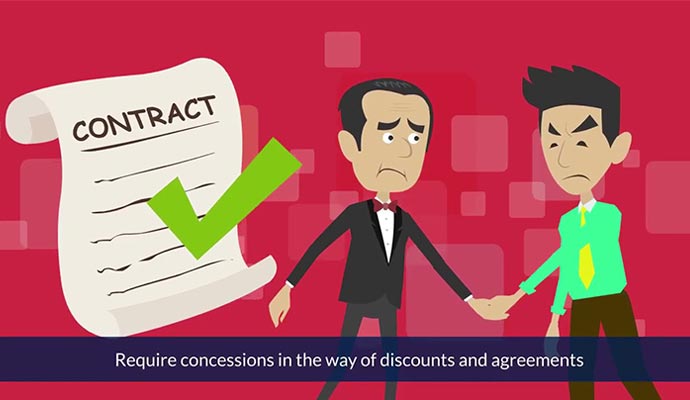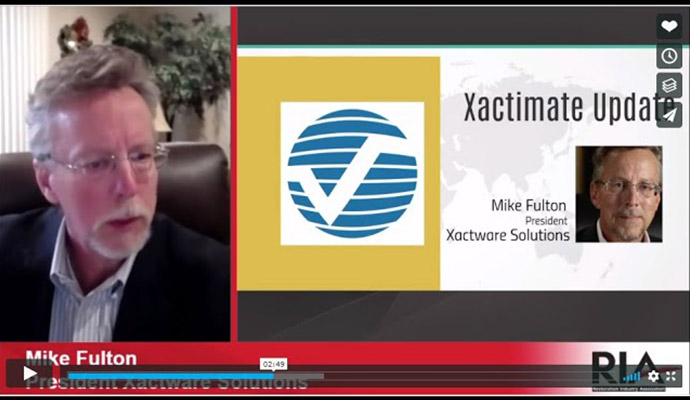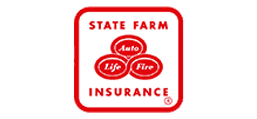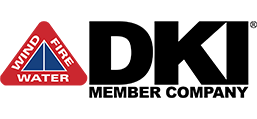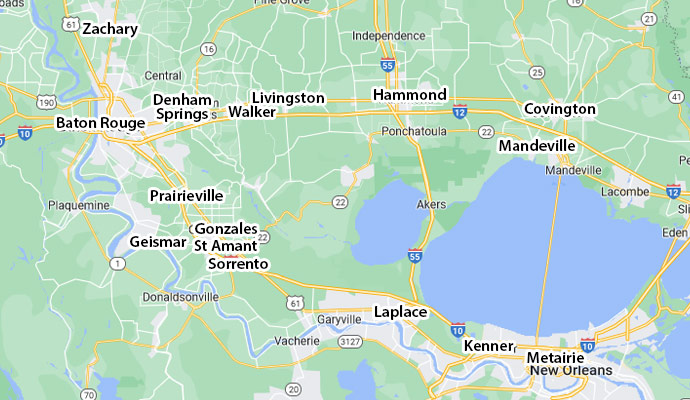3 Reasons Your Home Might Need Water Damage Restoration
As a New Orleans homeowner, you may often worry about all the many things that can harm your home, whether it’s from natural disasters, fire, or even something like termites. One of the most common disasters that can occur in homes is flooding, and the list of possible causes of flooding in your home is almost endless.
New Orleans Water Damage Restoration
At United Fire and Water in New Orleans, our team is skilled in handling various types of water disasters inside homes. Here are some of the more common causes of water damage that might require a team of water damage restoration professionals to get your house back to a normal and habitable condition.
Leaky or Broken Plumbing

The first offender on our list is broken or leaking pipes and plumbing. As pipes begin to age, they can become susceptible to leaking or breaking entirely. It is important to routinely check your plumbing for signs of leaks; remember, it is much easier to repair a small leak than it is to try and fix it once it becomes a full-blown broken pipe
You can spot leaks in your pipes by checking for wet spots on your floor or carpet, and by checking for any drywall that has watermarks, or bulging/warping.
Clogged or Faulty Rain Gutters
The second offender on our list is rain gutters. If rain gutters become clogged, that can easily trap water and create water runoff in areas that are not intended to handle it, such as window wells, or low spots around the foundation of your home. Especially during heavy rain seasons, be sure to frequently check your rain gutters to clear them from any debris build-up.
In addition, if you see water pooling in areas close to your home, it’s a good idea to check that the length of your downspouts are long enough to drain the water far enough away from your home. If your downspouts are sufficiently long, but water is still not draining away from your home, it may be a good idea to take a look at the grade of your yard and landscaping. Typically, the area around your home should slope away from your home at a grade at a rate of one inch per foot for the first ten feet surrounding your home, and then one inch per every ten feet for every ten feet after.
Malfunctioning Appliances
Appliances are another common source of flooding inside houses. Take your dishwasher, the plumbing inside of your dishwasher can over time become clogged with food remnants or simply start leaking because of faulty parts. It is important to follow your appliance user manual to see how and when to perform regular maintenance on these items; this helps decrease the odds of breaks and leaks.
It is important to remember that most of these appliances use electricity to operate and can create hazardous situations in your home. Be sure to immediately remove them from the power source, or completely turn off the electrical breaker to your home.
Although this list is certainly not all-encompassing, it does cover some of the most common sources and often the most easily fixed sources of home flooding. We hope that this list will help you in your endeavors of floodproofing your home.

